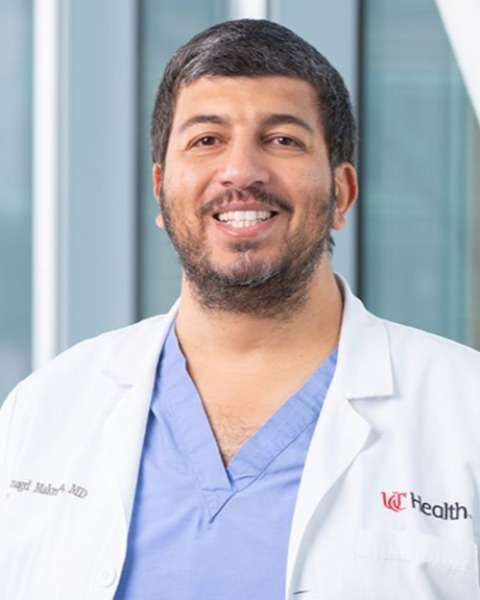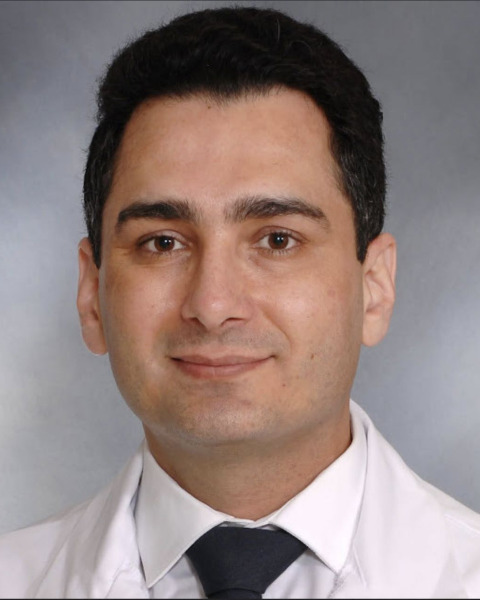Nonvascular Interventions
Applications of U-type Tube Drainage Catheters: A Through-and-Through Drainage Solution

James Roebker, MD, MBA
Resident, Department of Radiology
University of Cincinnati Medical CenterDisclosure(s): No financial relationships to disclose
- DV
Doan Vu, MD
Professor of Clinical Radiology
University of Cincinnati Medical Center 
Lulu Zhang, MD
Assistant Professor of Radiology
University of Cincinnati Medical Center
Abouelmagd Makramalla, MD (he/him/his)
IR Division Chief
University of Cincinnati
Ali Kord, MD, MPH
Assistant Professor of Radiology
University of Cincinnati Medical Center- RR
Ross .. Ristagno, MD
Associate Professor of Radiology
University of Cincinnati
Abstract Presenter(s)
Author/Co-author(s)
- To review clinical settings associated with failure or complication of percutaneous catheter drainage (PCD)
- To describe concept of U-type Tube Drainage Catheters (UTDCs) and advantages over traditional PCDs
- To discuss indications for UTDCs and fundamentals of post-procedure management
Background:
PCD has a wide range of clinical indications, high success rate, and has replaced surgery as the primary treatment for many conditions. However, catheter-related complications remain an issue for complex collections associated with specific pathologies (including necrotizing pancreatitis or collections associated with fistulae).
UTDC is a large-bore, percutaneous drainage catheter with both catheter ends exiting at the skin surface and the mid-catheter portion with side holes that drain a fluid collection or a visceral cavity. At our institution, UTDC is often used instead of surgical necrosectomy. The two percutaneous openings allow for bidirectional drainage, percutaneous lavage, and extended dwell times with a very low risk of catheter-related dysfunction (internal migration, erosion into adjacent structures, or obstruction).
Clinical Findings/Procedure Details:
The clinical indications, procedural details, and considerations of UTDCs are provided in this exhibit. The UTDC is particularly useful when long-term drainage is needed in a large complex fluid collection. The application of UTDCs is pictorially illustrated in the following categories:
- Necrotizing pancreatitis – provide long-term drainage and avoid surgical necrosectomy
- Gallbladder – function as a chronic cholecystostomy tube in patients with recurrent tube dislodgement
- Biliary obstruction – alternative to internal/external biliary catheter that cannot be placed into small bowel or with recurrent tube dislodgement
- Kidney – provide urinary tract drainage in the setting of chronic obstruction
- Misc. – drainage of complex pleural effusions, soft tissue hematomas, infected collections
Conclusion and/or Teaching Points:
- Certain collections, including those that are multiloculated, phlegmonous, or associated with downstream fistula, are notoriously difficult to treat with traditional PCD
- UTDC is an innovative technique with bidirectional drainage technique that extends the therapeutic reach of traditional PCDs
- Understanding the advantages, disadvantages, and proper technique of UTDC placement is critical to optimizing its use in patient care

.png)
.png)
.jpg)
.jpg)
.png)
.png)
.png)
.png)
.jpg)